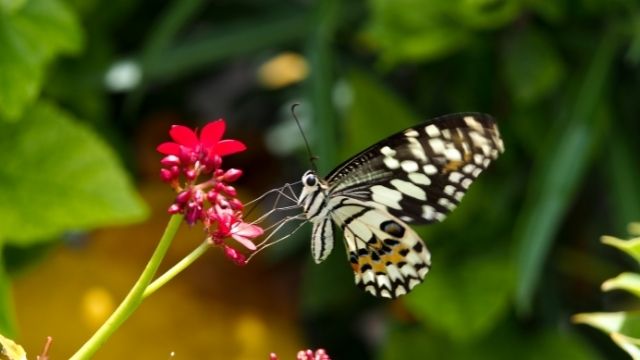Topic Content:
- Characteristics of Living Things

Living things are those things that carry out the activities of life, and these activities distinguish living things from non-living things.
All living organisms share several key characteristics or functions which include, movement, sensitivity, or response to the environment called irritability, reproduction, respiration, growth and development, excretion, death, nutrition, etc.
Let’s discuss some of these characteristics;
1. Movement:
You are viewing an excerpt of this Topic. Subscribe Now to get Full Access to ALL this Subject's Topics and Quizzes for this Term!
Click on the button "Subscribe Now" below for Full Access!
Subscribe Now
Note: If you have Already Subscribed and you are seeing this message, it means you are logged out. Please Log In using the Login Button Below to Carry on Studying!



wow
i loved it
그것은 쉬웠다
it is so easy